Scenario mapping for offshore renewable energy development economic benefits: case studies
Report to identify, measure and value the delivered and potential economic impact for Scotland from offshore wind and tidal energy projects.
5. Supply chain assessment[3]
5.1. Development & project management
The charts in this section relate to the fixed offshore wind supply chain, as this is the most mature supply chain of those considered. Where the floating offshore wind or tidal supply chain assessment differs from the fixed offshore wind supply chain, this has been included in the text.
Development
The Scottish supply chain has good capability to offer development services to the offshore renewable energy sector.
Scottish companies have developed commercial scale offshore wind projects already.
Scottish companies have the capability to transition from other sectors (such as onshore wind, maritime, oil and gas) with minimal investment (no new factories or costly equipment required).
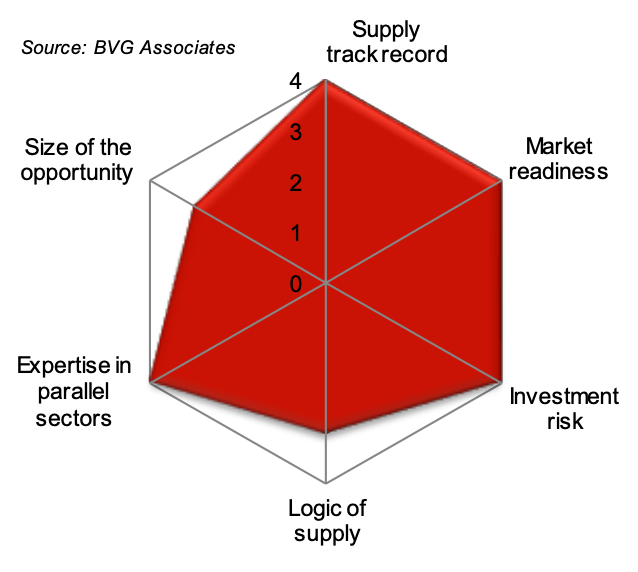
Project management
Scottish supply chain has good capability to offer project management services to the offshore renewables sector.
Scottish offshore wind developers have managed offshore wind projects in the past and Scottish companies have the capability to transition from other sectors (onshore wind, marine, oil and gas) with minimal investment (as no new factories or costly equipment required).
The economic benefit to the project management taking place in Scotland is small, as it represents a minor portion of total project spend.
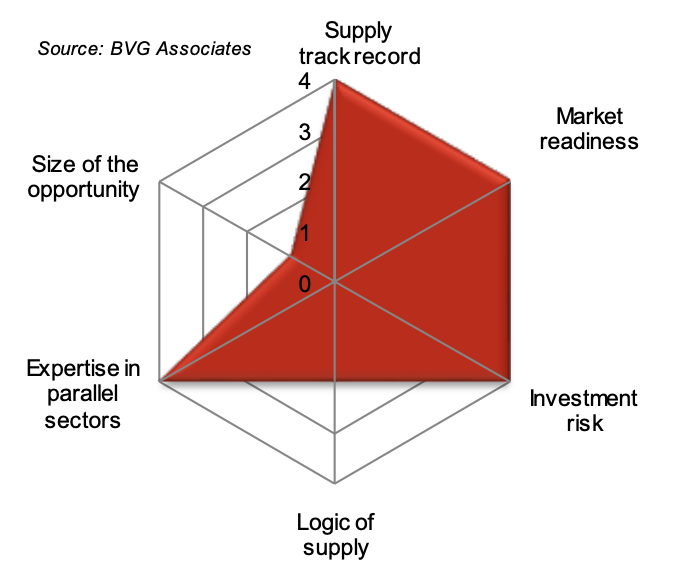
Surveys
Scottish companies have experience and the capability of providing meteorological and environmental surveys to offshore renewables projects, but more limited experience in geotechnical surveys.
There is good transferability from other offshore industries and onshore renewable industries.
The opportunity is small and so provides little economic benefits to the local area.
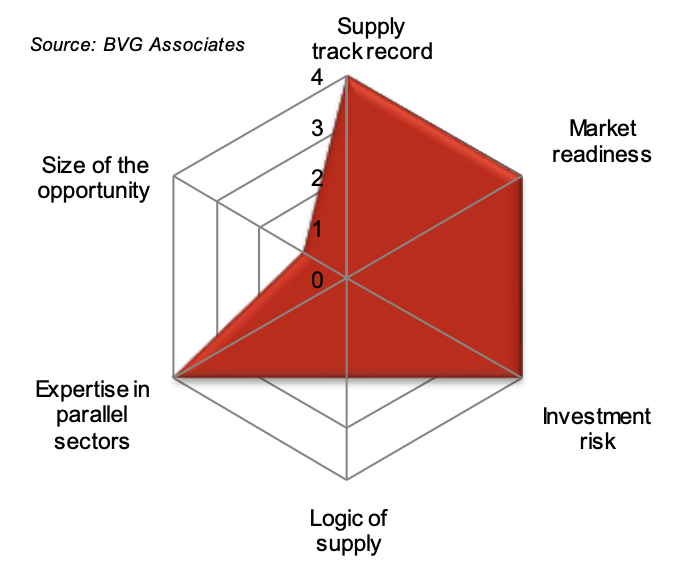
Engineering and management
Many large engineering companies have offices in Scotland (Atkins, Ramboll, COWI, DNV-GL). They have worked on many offshore wind projects throughout Europe.
Most engineering services for offshore wind are transferable from other industries such as maritime and oil and gas.
As a proportion of total project spend, engineering and management is small and so does not provide significant economic benefits.
For tidal energy there are a number of leading technology developers that are Scottish. While it is still uncertain which design will be most commonly used for tidal energy, it does offer an opportunity.
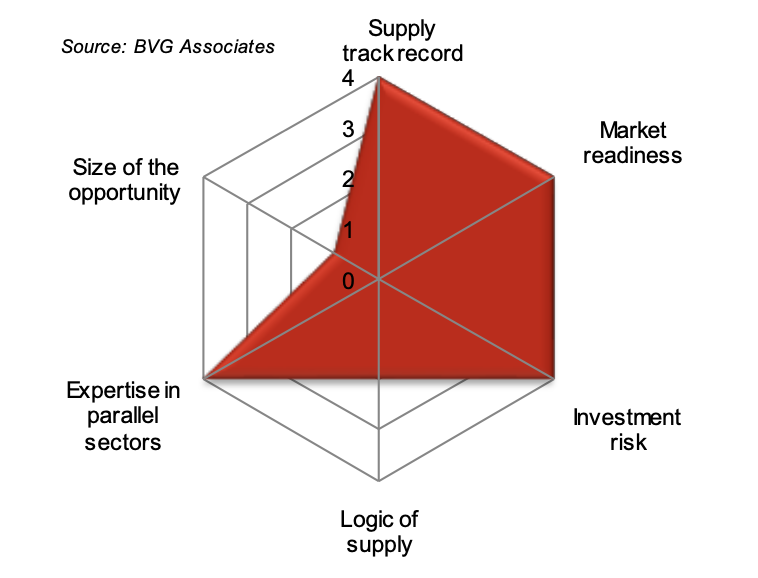
Key conclusions
- Scotland already has the capability to undertake most of the development and project management work needed for an offshore renewables project.
- Most commercial scale projects have had Scottish project development offices.
- Developers are unlikely to favour Scottish suppliers as such and it seems unlikely that they would secure a higher proportion of contracts than they currently do.
- The ScotWind leasing round may bring new developers to the Scottish market, which may have existing offices elsewhere in the UK. It is possible that Scottish content could fall in the future.
5.2. Turbine
Rotor
No major turbine manufacturers have rotor manufacturing facilities for offshore wind in Scotland.
There is little logic in using Scottish suppliers due to the significant experience of facilities outside of Scotland with more reliable and efficient manufacturing processes.
There is some application from composite manufacturing expertise in Scotland from other industries.
Barriers to market entry are high due to the specialised manufacturing facilities required.
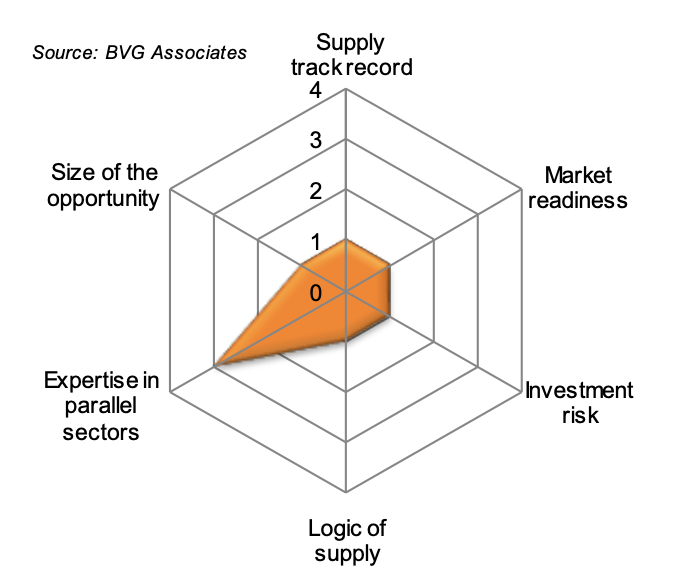
Nacelle
As with rotors, no major turbine manufacturers have nacelle manufacturing facilities in Scotland.
There may be some application from composite manufacturing and expertise in Scotland from other industries.
Barriers to market entry are high due to the specialised manufacturing facilities required.
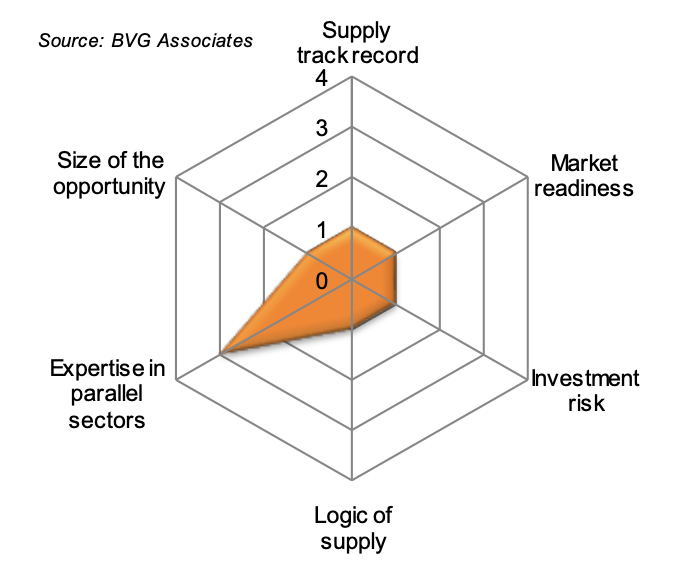
Tower or substructure
There is a good Scottish track record for suppling towers due to tower manufacturer CS Wind.
The investment risk is small as manufacturing facilities do not need to be as specialised as for rotors and nacelles.
Other steelwork industries have applicable facilities and manufacturing techniques.
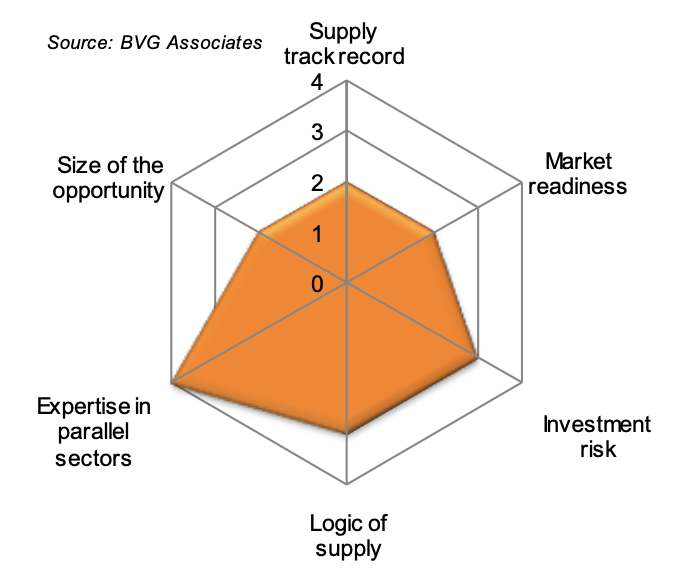
Turbine – tidal
Tidal energy is an emerging technology and there remains a diversity of designs, including fixed and floating concepts. These provide differing opportunities to supply chain.
As tidal energy is a less mature industry, market entry will be easier. Smaller scale of tidal projects makes investment risk lower.
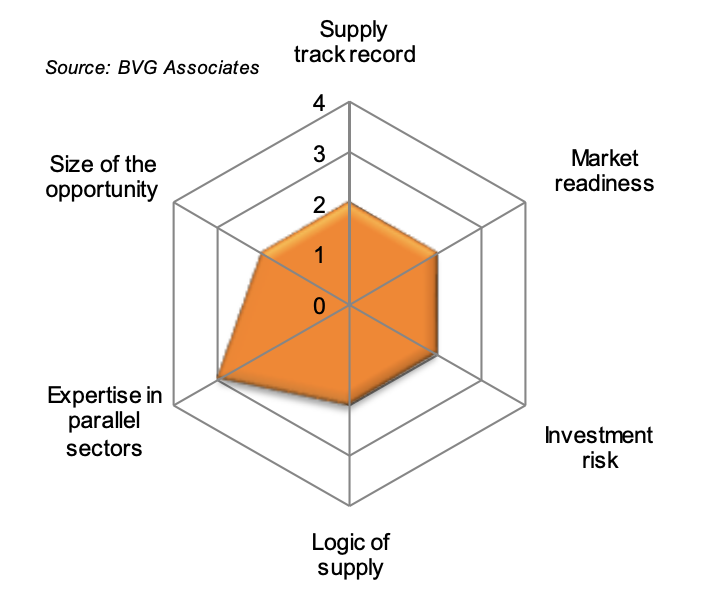
Key conclusions
- Scotland has wind turbine tower production capability, but this capacity is under threat from the increased sizes needed for new turbines. New investment in Scotland would be needed to retain its capability.
- For wind turbines, nacelle assembly and blade production is done outside of Scotland and the probability of this changing is low.
5.3. Balance of plant
Onshore substation
There is some overlap between other industries with electrical infrastructure construction, where Scotland has some experience.
There is economic benefit to Scotland for Scottish companies supplying the onshore substation to commercial offshore wind projects.
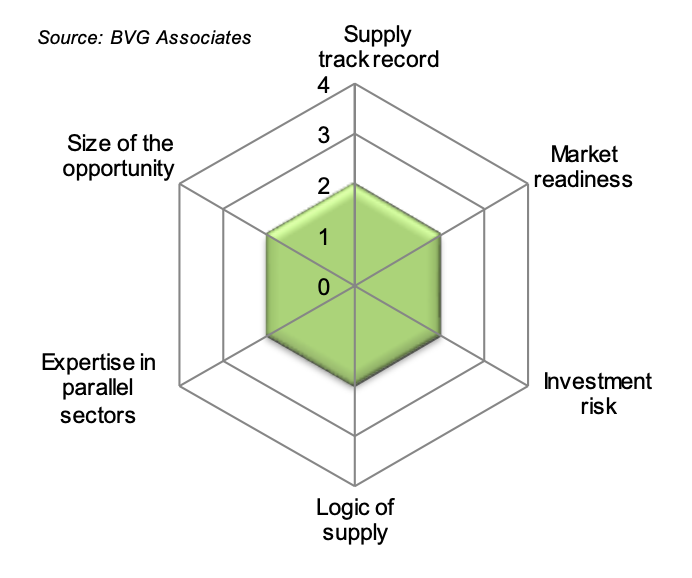
O&M base
The O&M base is usually the port with suitable facilities closest to the offshore project. It makes logical sense for Scottish projects to use Scottish O&M bases to minimise O&M travel time.
There are many similarities between the O&M base requirements for the offshore wind and other offshore industries, and Scotland has significant experience in these sectors.
The size of the opportunity is small, due to the minimal cost contribution of the O&M base to the total project cost.
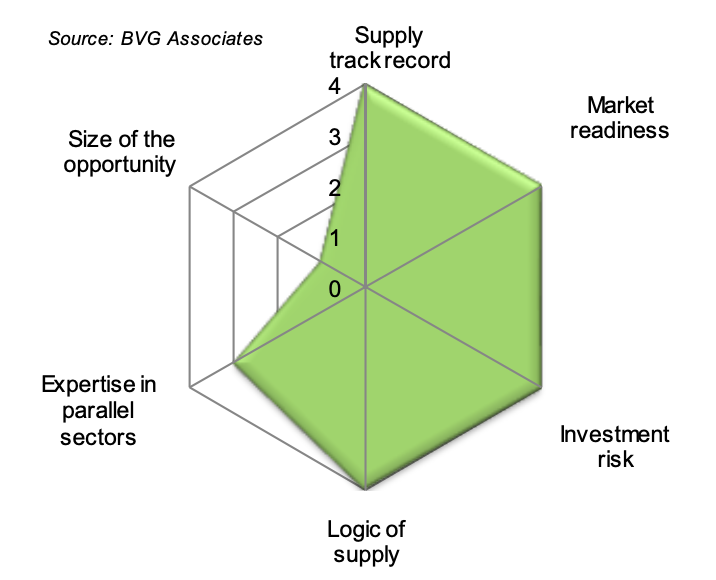
Offshore substation
There is significant overlap between other industries for offshore substations, and Scotland has some experience in these other industries through companies like BiFab.
The logic of using Scottish companies is limited. Other companies in the UK and wider Europe have more experience and so have more efficient manufacturing processes.
The total opportunity for Scottish companies is small.
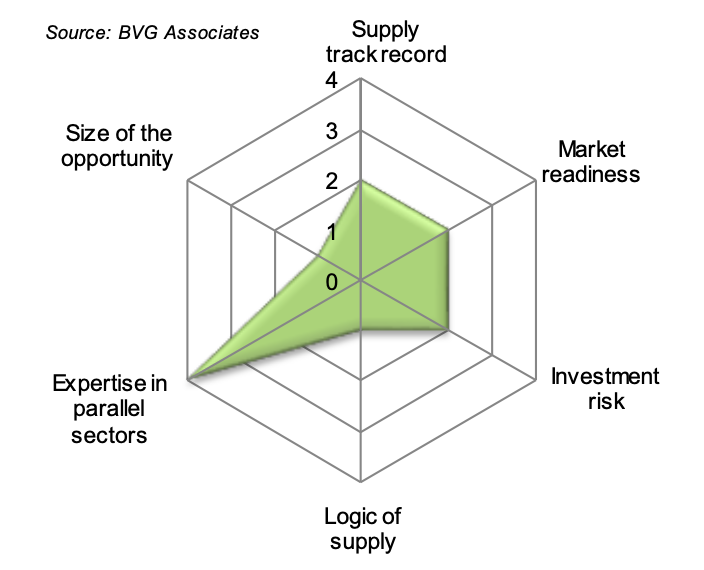
Foundation – fixed wind
Scotland has some track record of fabricating offshore foundations and has a small number of companies with existing facilities (such as BiFab, Global Energy Group), but would find it difficult to supply the full scope of foundations to a commercial offshore wind farm. Some projects award several foundation contracts however, which might present and opportunity for Scotland.
The investment risk for Scottish companies is high due to the large facilities needed to fabricate foundations and intensity of competition.
The size of the opportunity for Scottish business is high as foundations are significant percentage of total project cost (around 8%).
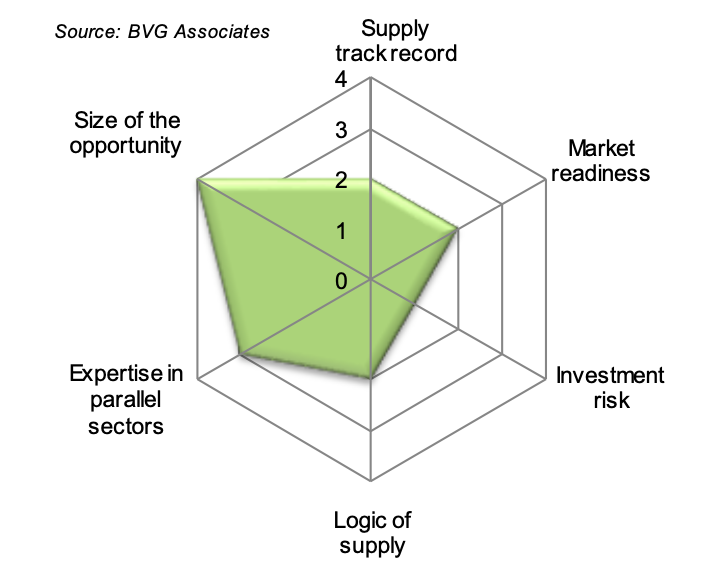
Foundation – floating wind
There is no experience of manufacturing floating foundations for offshore wind in Scotland.
There is experience in similar industries that could translate well to manufacturing floating foundations (fixed offshore wind foundations, oil and gas, maritime industries).
As offshore floating wind and floating tidal are newly emerging technologies there is opportunity for Scottish companies to enter the market with innovative technology, for example around quick connection systems for mooring.
There is a good opportunity for Scottish companies in the future given the projected growth of the floating wind industry.
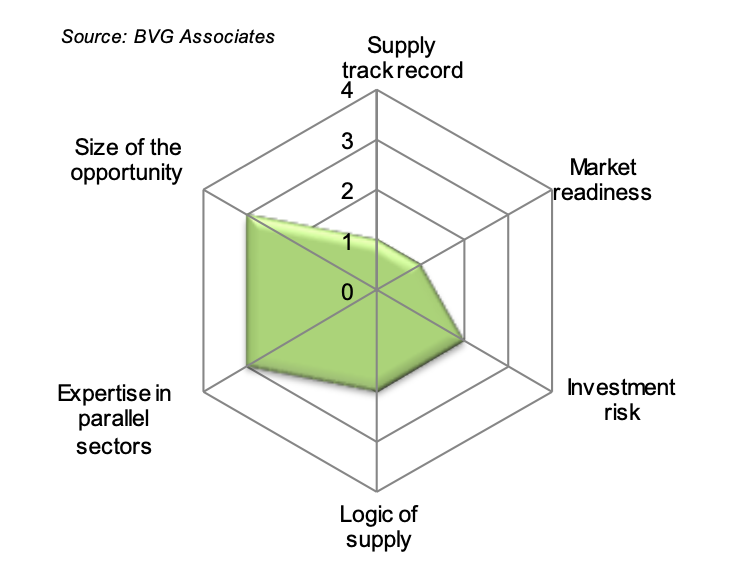
Foundation – tidal
As with floating foundations, there is no previous experience of manufacturing tidal foundations in Scotland.
There is experience in other similar industries that could translate well to manufacturing tidal foundations (fixed offshore wind foundations, oil and gas, maritime industries).
The connection system between the mooring and electrical subsea cable is a big area of development and an opportunity for tidal.
This is potentially a good opportunity for Scottish companies, but the future of the tidal stream industry is unclear.
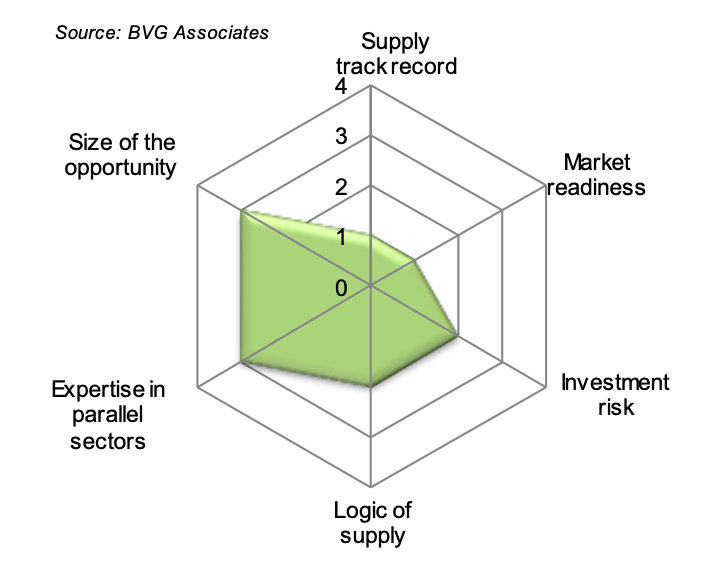
Onshore cables
There is no capability of producing high voltage cables for offshore wind in Scotland. There is some limited experience of Scottish medium and low voltage cable manufacturing.
Entering the market would require very large investments and does not represent a good opportunity for Scottish companies.
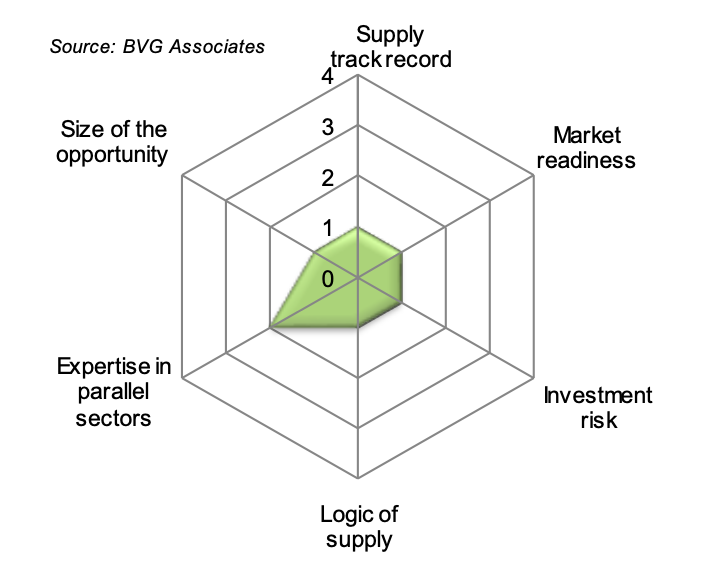
Subsea export cables
There is no capability for producing high voltage cables for offshore wind in Scotland. There is some limited experience of Scottish medium and low voltage cable production. Entering the market would require very large investments and does not represent a good opportunity for Scottish companies.
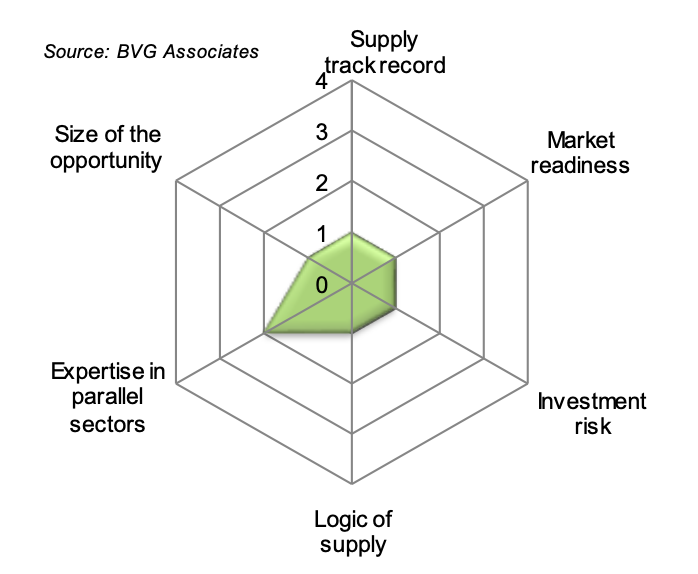
Array cables
There is no capability of producing medium voltage cables for offshore wind in Scotland. There is some limited experience of Scottish medium and low voltage cable production for other industries.
There is opportunity for companies to enter the market to produce dynamic cables for floating wind and tidal. This is a new market and has synergy with oil & gas.
As offshore floating wind and floating tidal are newly emerging technologies there is opportunity for Scottish companies to enter the market with innovative technology, for example quick connection systems for array cabling.
Entering the fixed offshore wind market for array cables would require very large investments and does not represent a good opportunity for Scottish companies.
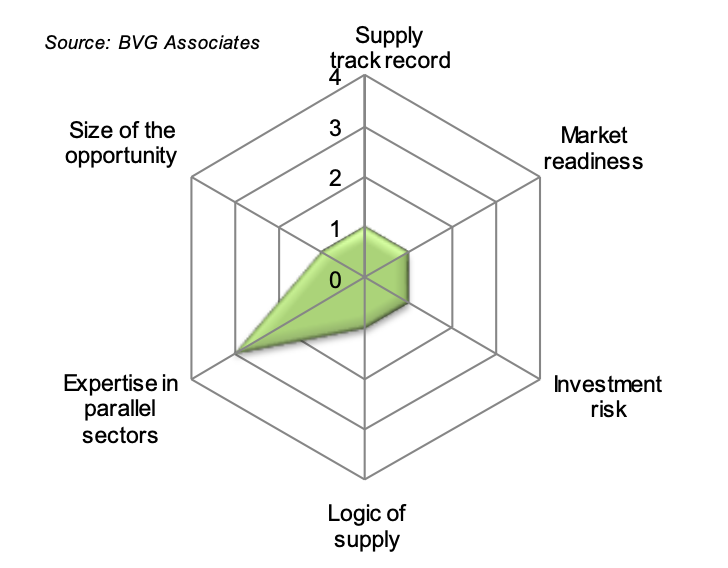
Key conclusions
- Scotland has and will continue to provide the structures for the onshore substation and the OMS base.
- Scotland has capability in fabricating large steel structures. Companies have struggled to compete with other overseas suppliers and will continue to do so without investment to enable high volume production. It does provide the single biggest opportunity for economic impact in Scotland from offshore renewables.
5.4. Installation
Foundation installation
There is no experience of Scottish companies providing foundation installation for offshore wind projects. Some foundation installers have Scottish offices but the vessels and most of the employees are based elsewhere.
There is transferable experience from other vessel-related industries, but there are high barriers to entry (as jack-up vessels are specialised vessels) and the size of the opportunity for Scottish companies is small.
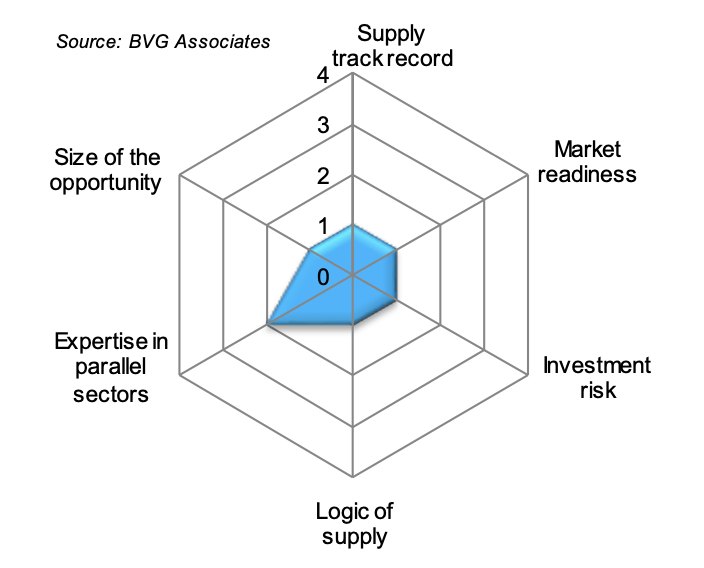
Turbine installation
There is no experience of Scottish companies providing turbine installation for offshore wind projects. Some turbine installers have Scottish offices but the vessels and most of the employees are based elsewhere.
There is experience of Scottish companies providing installation for tidal projects, but this is at a much earlier and smaller scale than offshore wind.
There is transferable experience from other vessel-related industries, but there are high barriers to entry (as jack-up vessels are specialised vessels) and the size of the opportunity for Scottish companies is small.
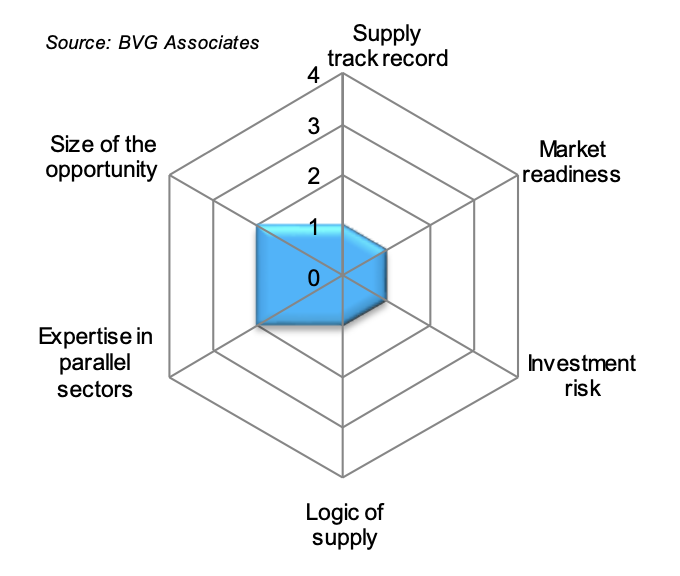
Floating foundation installation
There is limited experience of Scottish companies providing floating foundation installation for floating offshore wind projects. Some installers have Scottish offices but the vessels and most of the employees are based elsewhere.
There is transferable experience from other vessel-related industries, but there are high barriers to entry (as jack-up vessels are specialised vessels) and the size of the opportunity for Scottish companies is small.
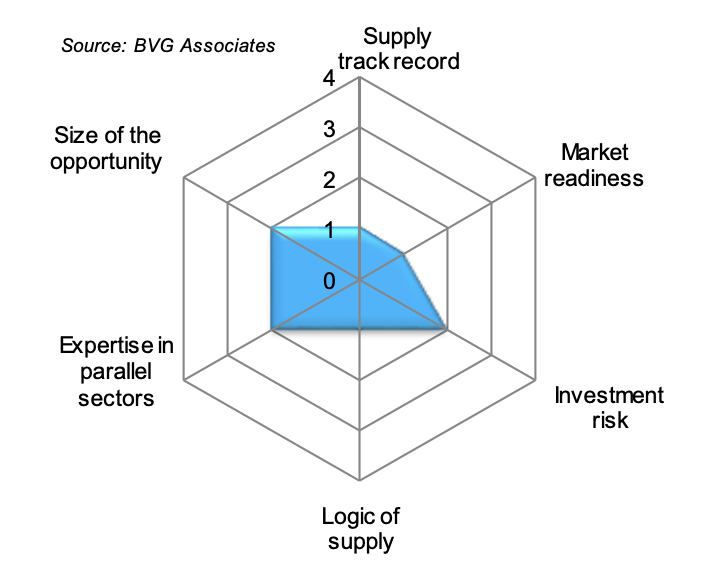
Mooring installation
Limited experience of Scottish companies providing mooring installation for floating projects.
The risk of investment is high but does not require the same specialised vessels as foundation and turbine installation.
There is transferable experience from oil & gas, as well as wave energy. InterMoor in Aberdeen has capability, for example.
Overall opportunity for Scottish companies is small.
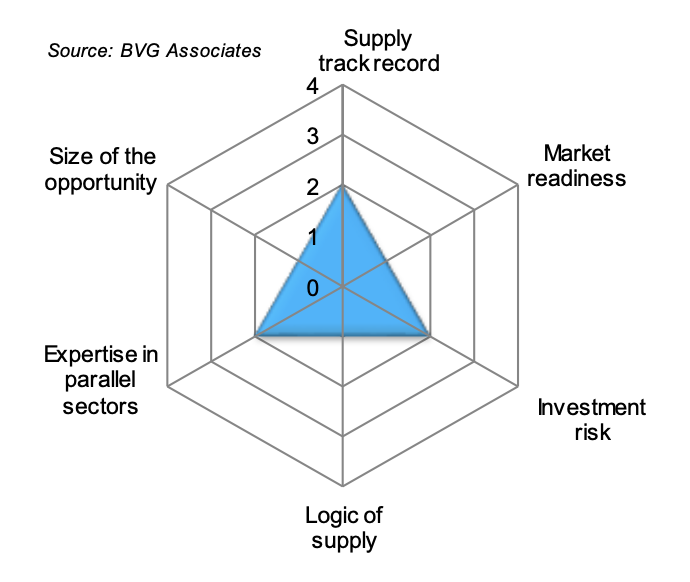
Offshore export cable installation
There is no experience of Scottish companies providing export cable installation for offshore wind projects. Some cable installers have Scottish offices but the vessels and most of the employees are based elsewhere.
There is transferable experience from other vessel-related industries, but there are high barriers to entry (cable-laying vessels are specialised vessels) and the size of the opportunity for Scottish companies is small.
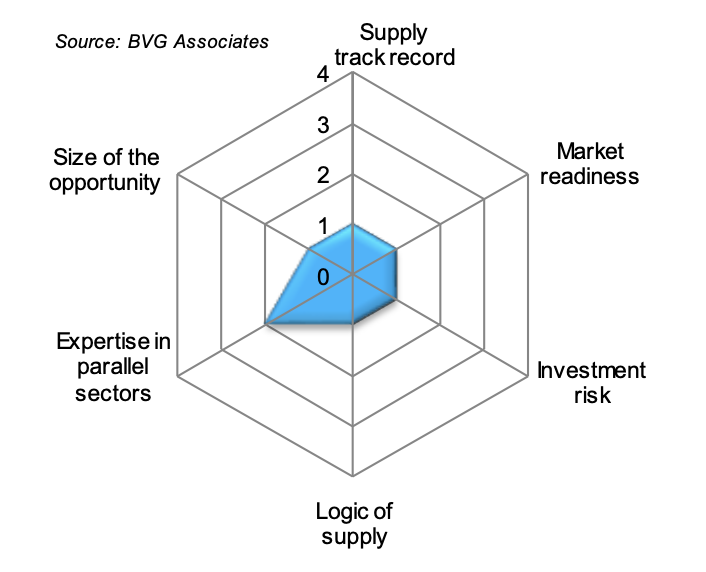
Array cable installation
There is limited experience of Scottish companies providing array cable installation for offshore wind projects. Some cable installers have Scottish offices but the vessels and most of the employees are based elsewhere.
There is transferable experience from other vessel-related industries, but there are high barriers to entry (cable-laying vessels are specialised vessels) and the size of the opportunity for Scottish companies is small.
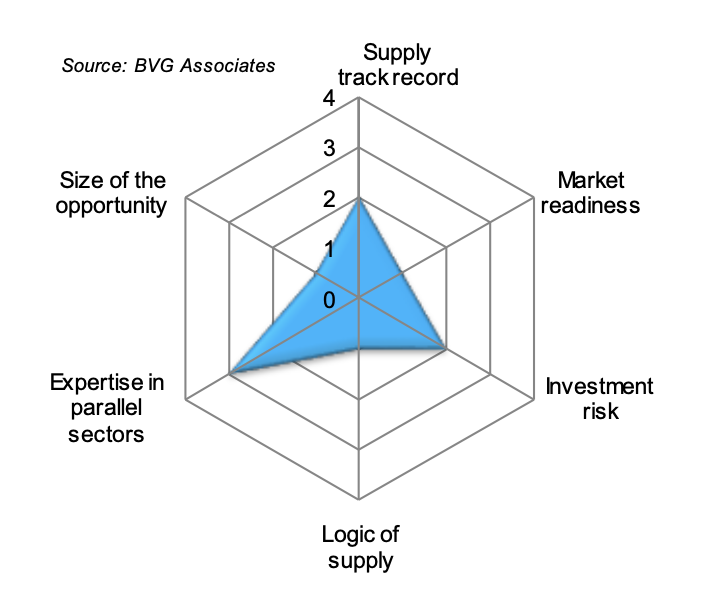
Onshore cable installation
Scottish companies have some experience of installing onshore cables for offshore wind farms. It is one of the few categories of the supply chain that involves onshore construction so the barriers to entry are lower and the logic for using Scottish suppliers is high for Scottish projects.
Onshore cable installation is a small proportion of total project spend so the total opportunity for Scottish companies is low.
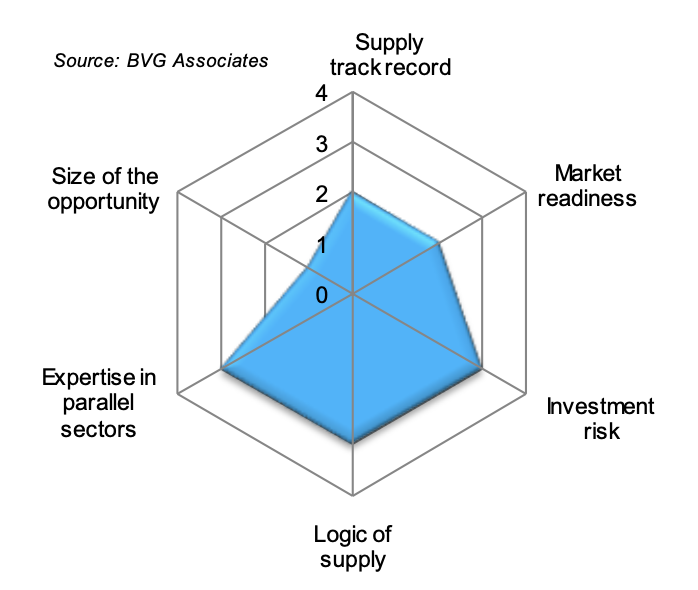
Offshore substation installation
Offshore substation installation requires large vessels. There is no experience of Scottish companies providing offshore substation installation for offshore wind projects. Some vessel operators have Scottish offices, but the vessels and most employees are based elsewhere.
There is transferable experience from other vessel-related industries, but there are high barriers to entry (requiring specialised vessels) and the size of the opportunity for Scottish companies is small.
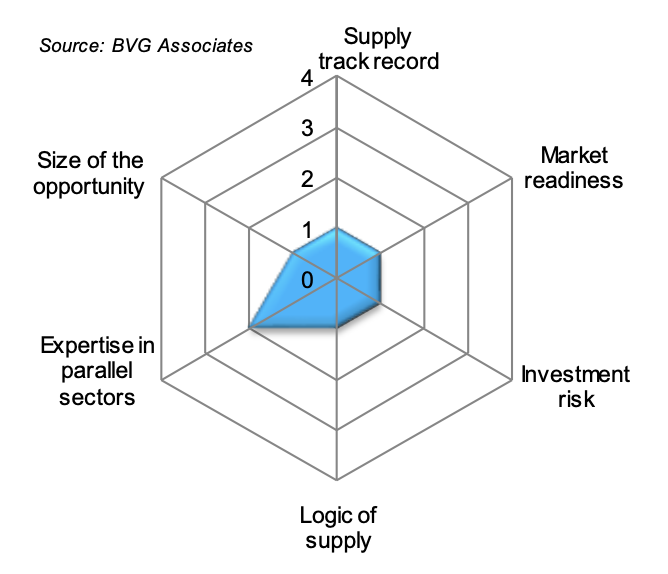
Onshore substation installation
Scotland has experience of installing offshore substations for offshore wind projects. There are multiple Scottish companies that have the capability of installing onshore substations for commercial projects.
There is significant experience from other electrical infrastructure industries, and therefore the barriers to entry for new companies are small.
Onshore substation installation is a small proportion of total spend so, despite the market capability, it does not represent a large opportunity for Scottish suppliers.
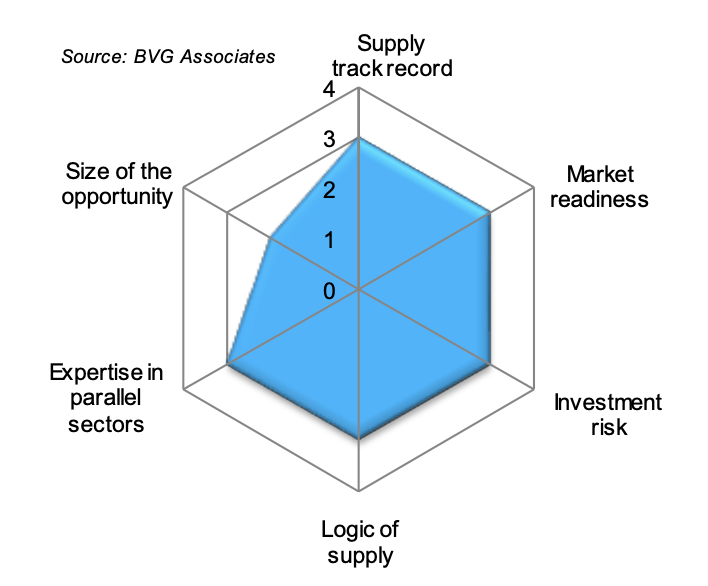
Other
The 'Other' supply chain category consists of categories including CTVs used during installation, installation ports and marine coordination.
There are Scottish suppliers that have supplied these services to offshore wind projects and are capable of supplying to future commercial scale projects.
While the size of the opportunity is fairly low (due to the small financial cost of this category), Scotland has experience in similar industries, there are low barriers to entry and the logic for using Scottish suppliers for Scottish projects is strong.
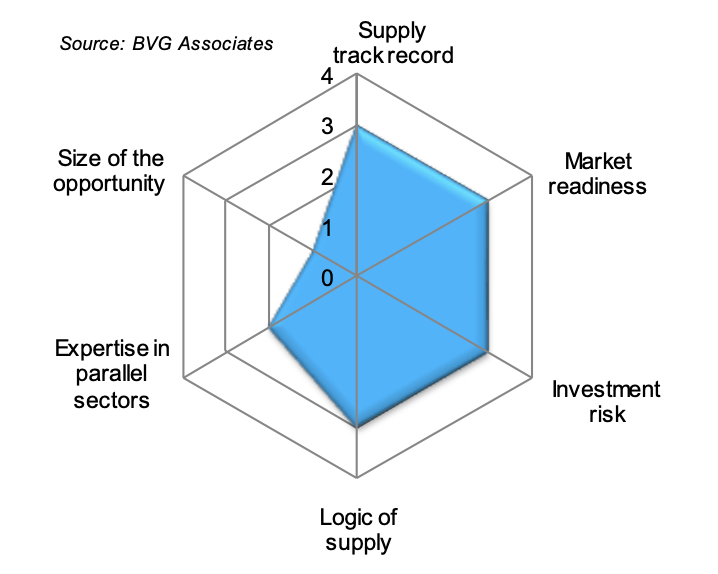
Key conclusions
- Onshore works have generated significant economic impacts, and this will continue for Scottish offshore renewable projects, particularly those that need substations.
- For fixed offshore wind the installation market is mature and none of the major contractors have a significant Scottish presence. Subsea7 has a substantial Aberdeen facility but its vessels are operated from Germany and Netherlands.
5.5. Operations & maintenance
Operations
Scottish companies have limited experience of coordinating the operations of offshore wind farms and only a small number of companies are currently equipped to manage a commercial scale project.
There are few barriers to entry for new companies and there is strong logic for Scottish suppliers coordinating operations for Scottish project.
Operations is one of the best opportunities for Scottish companies to enter the offshore wind supply chain.
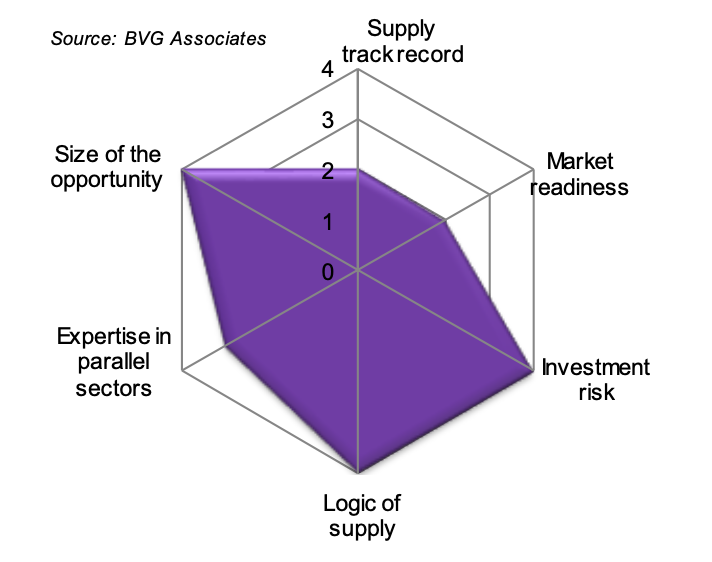
Grid costs
Maintaining the grid systems during an offshore wind farm’s operation presents a significant opportunity as it is a large proportion of total project cost.
To date the Scottish supply chain has no experience of supplying grid maintenance services to offshore wind farms and are currently not able to provide this service to a commercial scale project. Barriers to entry are high and there are no industries that provide similar experience.
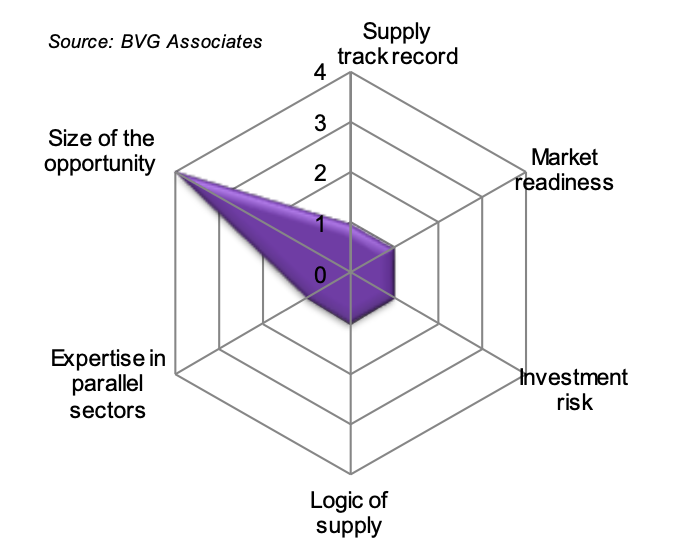
Balance of plant maintenance
Scottish suppliers have limited experience in providing balance of plant maintenance to offshore wind farms and there are not many companies currently able to provide this for commercial scale projects.
There are many similarities in the tasks required between offshore wind and other offshore industries. The vessels and expertise required are not specialised so the barriers to entry are low.
Balance of plant maintenance is a large proportion of total project cost so is a significant opportunity for Scottish companies.
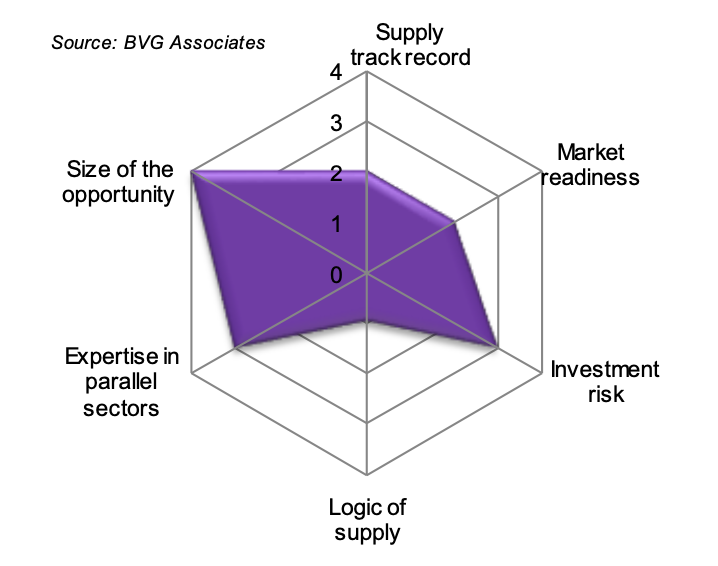
Turbine maintenance
Scottish suppliers have limited experience in providing turbine maintenance to offshore wind farms and there are not many companies currently able to provide this for commercial scale projects.
There are more barriers to entry for new companies, and less transferable experience from other industries, than balance of plant maintenance due to the more specialised nature of turbine maintenance.
Turbine maintenance is a large proportion of total project cost so is a significant opportunity for Scottish companies.
There are less barriers to entry in the tidal sector as technology is at an earlier stage. Technology developers are heavily involved in maintenance with some leaders being Scottish companies.
Floating technology offers a greater potential for nearshore maintenance activity with potential to recover the turbine to shelter. At this stage it is unclear if this approach will be taken for maintenance. However, it is a potential opportunity for Scottish port facilities.
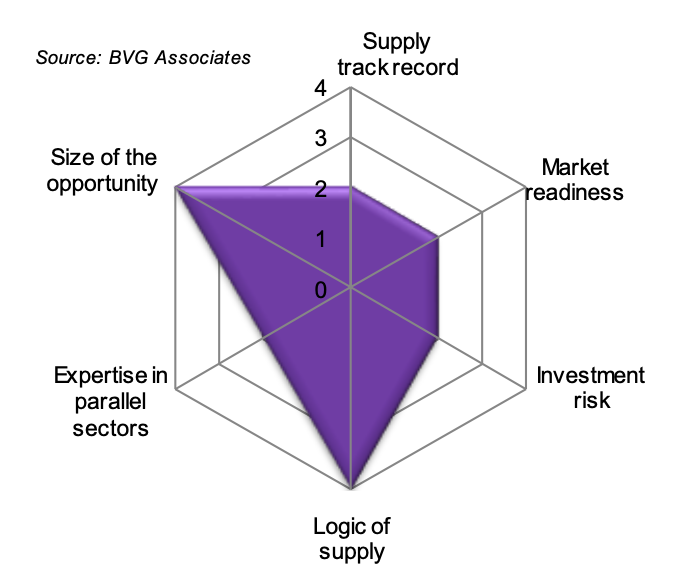
Other
The ‘Other’ category consists of insurance, environmental studies and compensation payments associated with offshore wind farm maintenance.
Scottish companies have significant experience of providing this for offshore wind farms and many companies can provide these services for commercial projects.
Other maintenance activities represent one of the largest opportunities for Scottish companies in the offshore wind supply chain.
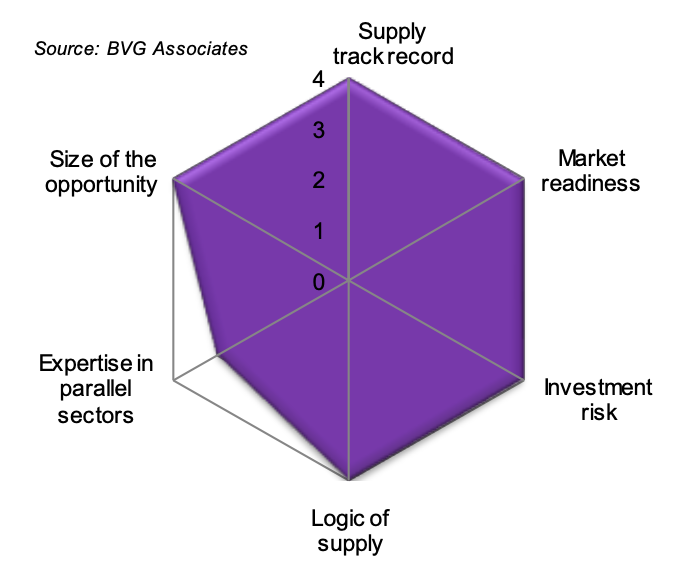
Key conclusions
- OMS has generated significant economic impacts, and this will continue for Scottish offshore renewable projects.
- The opportunities to increase Scottish content are limited. Turbine suppliers will have UK-wide service centres and spares and consumables will have a global supply chain.
5.6. Decommissioning
Decommissioning
The Scottish supply chain has no experience of providing decommissioning for offshore wind projects, (but very few projects globally have reached this stage).
As with installation, decommissioning requires large vessels. Some vessel operators have Scottish offices but the vessels and most of the employees are based elsewhere. There is transferable experience from other vessel-related industries, but there are high barriers to entry (with jack-up vessels being specialised vessels).
Despite this, the size of the opportunity for Scottish companies is significant given the large cost of decommissioning relative to total project cost.
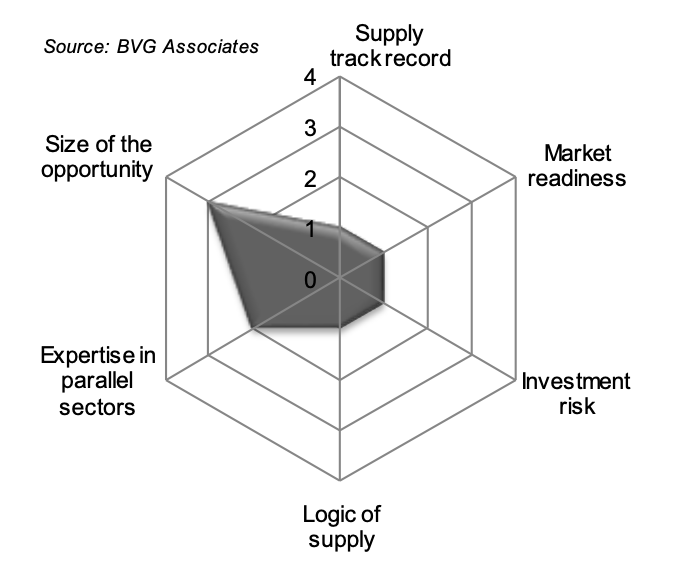
Key conclusions
- There is significant uncertainty about the specific requirements for decommissioning offshore renewable projects.
- It is likely to become a significant market from 2025 onwards and there is an opportunity for entrepreneurial Scottish companies to invest to meet demand.
Contact
Email: ScotMER@gov.scot
There is a problem
Thanks for your feedback